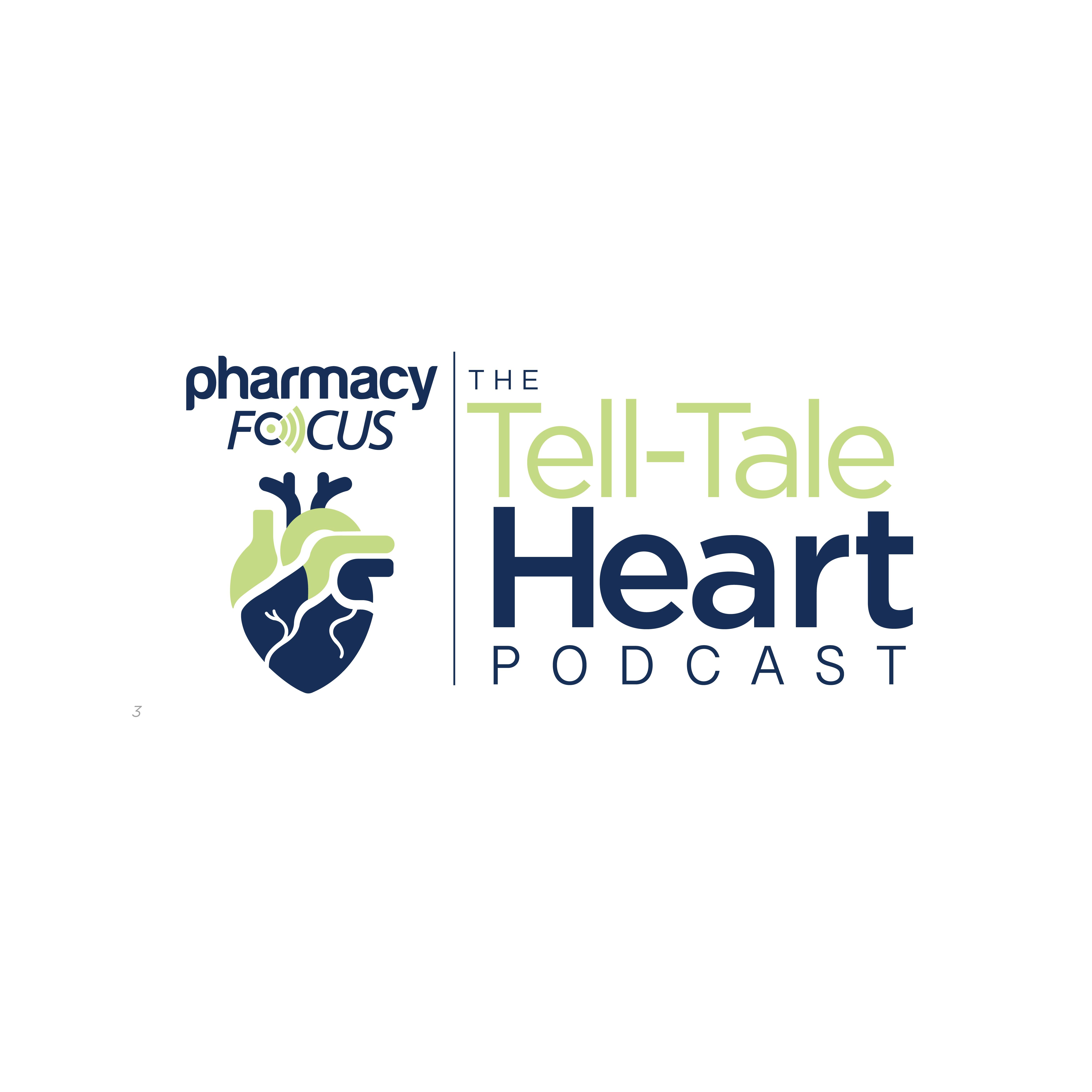News
Article
Pharmacists Play a Crucial Role Monitoring Patients With Psoriasis and Psoriatic Arthritis
Author(s):
Key Takeaways
- Psoriasis affects 2% of the US population, with 49% untreated, highlighting the need for effective management strategies.
- Individualized treatment plans consider disease severity, patient characteristics, and comorbidities to improve adherence and satisfaction.
Through frequent interactions, pharmacists can discuss patients' treatment satisfaction, adherence issues, or potential adverse events.
Psoriasis, as defined by the American Academy of Dermatology, is a genetic, systemic, inflammatory chronic disorder that can be influenced by environmental and behavioral factors (eg, weather) or comorbidities (eg, hypertension, diabetes, cholesterol). As of 2015, nearly 2% of the US population is affected by psoriasis, and among this population, approximately 49% of patients go untreated. For patients with psoriatic arthritis (PsA), patients are often likely to be dissatisfied with their treatment. As understanding of the signs and symptoms of both psoriasis and PsA increases, more effective interventions can be made to provide patients with effective, individualized care and improve adherence and satisfaction.1
Image credit: Ольга Тернавская | stock.adobe.com

Therapies can range from topical—such as corticosteroids and retinoids—for mild to moderate cases to systemic therapies for more severe cases. Other factors that help health care professionals when prescribing treatments are the patient’s age, type of psoriasis, site and the extent of lesions, prior treatments, and comorbidities. Although the goal of treatment is to reduce the baseline PASI score by approximately 50%, show results in a predetermined time frame (e.g., 6–8 weeks), and improve quality of life, it is important that therapies are individualized for each individual patient. Additionally, health care professionals should select therapies with maximum efficacy and minimal adverse events (AEs).1
Approximately 80% of patients with psoriasis have mild to moderate disease and typically respond well to topical therapies. The authors suggest that the following factors are considered prior to the prescription of topical agents1:
- Choice of vehicle (eg, creams, ointments, solutions, and gels) because patient acceptance may affect their adherence
- Blocking some topical agents may alter effectiveness of the drug (eg, using an occlusive covering with topical corticosteroids may impact the absorption of the drug)
- Combining certain topical agents can alter efficacy
- If patients are using a combination of therapies, application time should be separated when applicable (eg, patients using a calcipotriene and a lactic acid or salicylic acid agent)
- Patients receiving chronic topical treatment should be evaluated regularly for therapeutic efficacy
Prescribing patients with moderate to severe disease may be more difficult; however, 2 suitable options are apremilast (Otzela; Amgen, Inc.), an oral agent, and bimekizumab-bkzx (Bimzelx; UCB), a subcutaneous injection.2 Both options are suitable for self-administration, with apremilast beginning with an initial dose of 10 mg daily and increasing to a maintenance dose of 30 mg twice daily by day 6 to reduce the risk of gastrointestinal AEs. Additionally, bimekizumab begins with 2 injections of 160 mg (320 mg total) on weeks 0, 4, 8, 12, and 16, then every 8 weeks thereafter. These can be administered by a health care professional and by patients via self-injection when provided the proper training.1,2
Pharmacists have an opportunity to positively impact outcomes in patients with psoriasis and PsA. Training among other health care professionals, according to the authors, is often found to be non-standardized and inconsistent. Non-treatment and under-treatment of patients can lead to disseminated disease, permanent joint destruction, and pain and discomfort. Additionally, prior research has demonstrated that patient dissatisfaction with treatment can lead to nonadherence. Data from 2003 to 2011 found that approximately 52.3% and 45.5% of the surveyed patients with psoriasis and PsA, respectively, were dissatisfied with their treatment.1
Patients with PsA and psoriasis often report a variety of barriers to therapy, with AEs and lack of effectiveness being the most common reasons for discontinuation of biological treatment, and inadequate insurance coverage for medication discontinuation. Pharmacists should remain observant of medication-related signs of advancing disease. For example, overuse of high-potency topical corticosteroids may signal the patient’s disease is worsening. Pharmacists can make appropriate recommendations for clinically monitoring patients whose disease is advancing. In addition to monitoring patients’ actual disease, pharmacists may also regularly check on prescription refills for timeliness or inconsistencies.1
Further, compared with other health care professionals, pharmacists are more often presented with opportunities to interact with patients. Through frequent interactions, pharmacists can discuss patient satisfaction with therapies, adherence issues, or potential AEs. Some commonly prescribed treatments for psoriasis and PsA involve infusions and self-injections; therefore, pharmacists can educate patients who are receiving injections on how to self-administer to reduce trips to their health institution.1,2
Additionally, specialty pharmacists may serve as a bridge between health care professionals and patients to effectively prescribe patient-specific treatments that will result in positive patient outcomes. Pharmacists, according to the authors, can serve as valuable members within health care to educate, advocate, and personalize care for patients with psoriasis and PsA.1
REFERENCES
1. MacDonnell, CP, MacDonnell M. The Role of the Specialty Pharmacists in Optimizing the Quality of Care for Patients with Psoriasis and Psoriatic Arthritis. Pharmacy Times. 2015. https://digitalcommons.uri.edu/cgi/viewcontent.cgi?article=1052&context=php_facpubs&utm_source=chatgpt.com
2. FDA Approves Bimekizumab for Moderate-To-Severe Plaque Psoriasis. Pharmacy Times. October 18, 2023. Accessed February 5, 2025.
Newsletter
Stay informed on drug updates, treatment guidelines, and pharmacy practice trends—subscribe to Pharmacy Times for weekly clinical insights.






